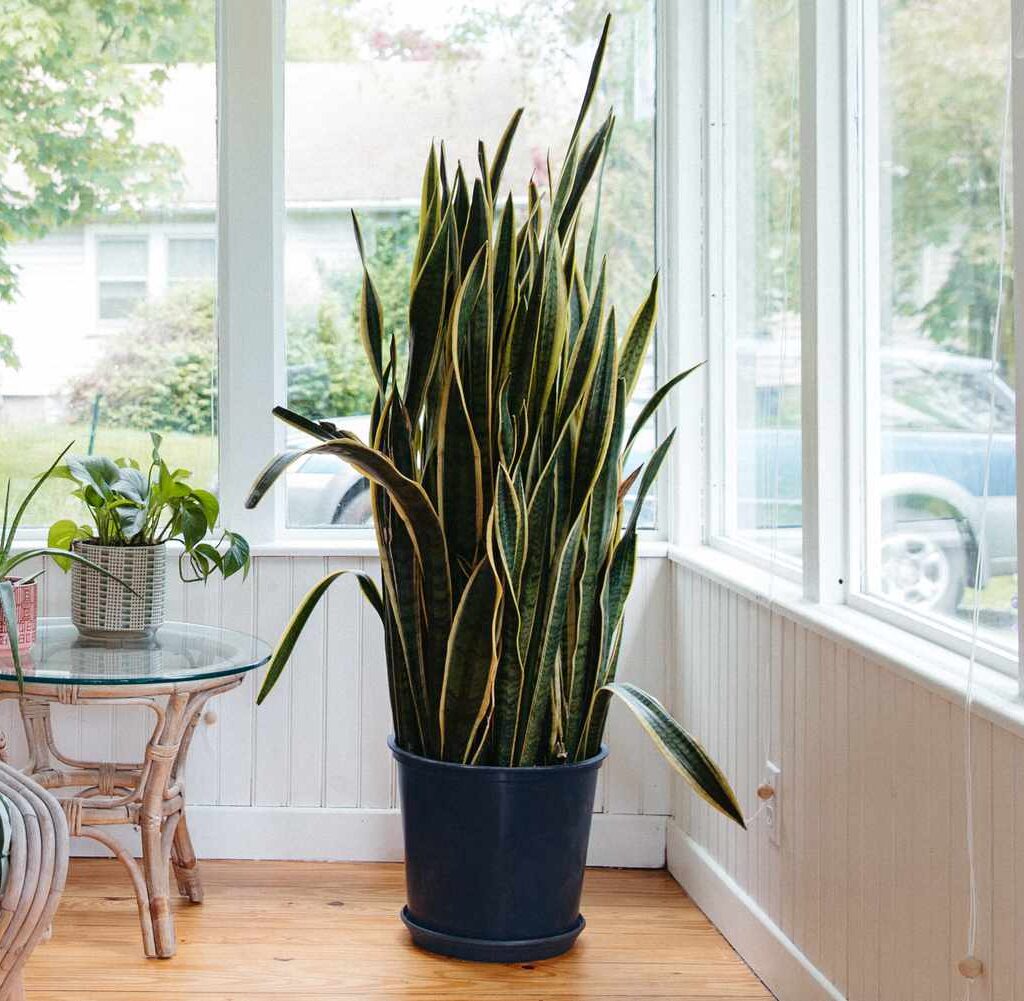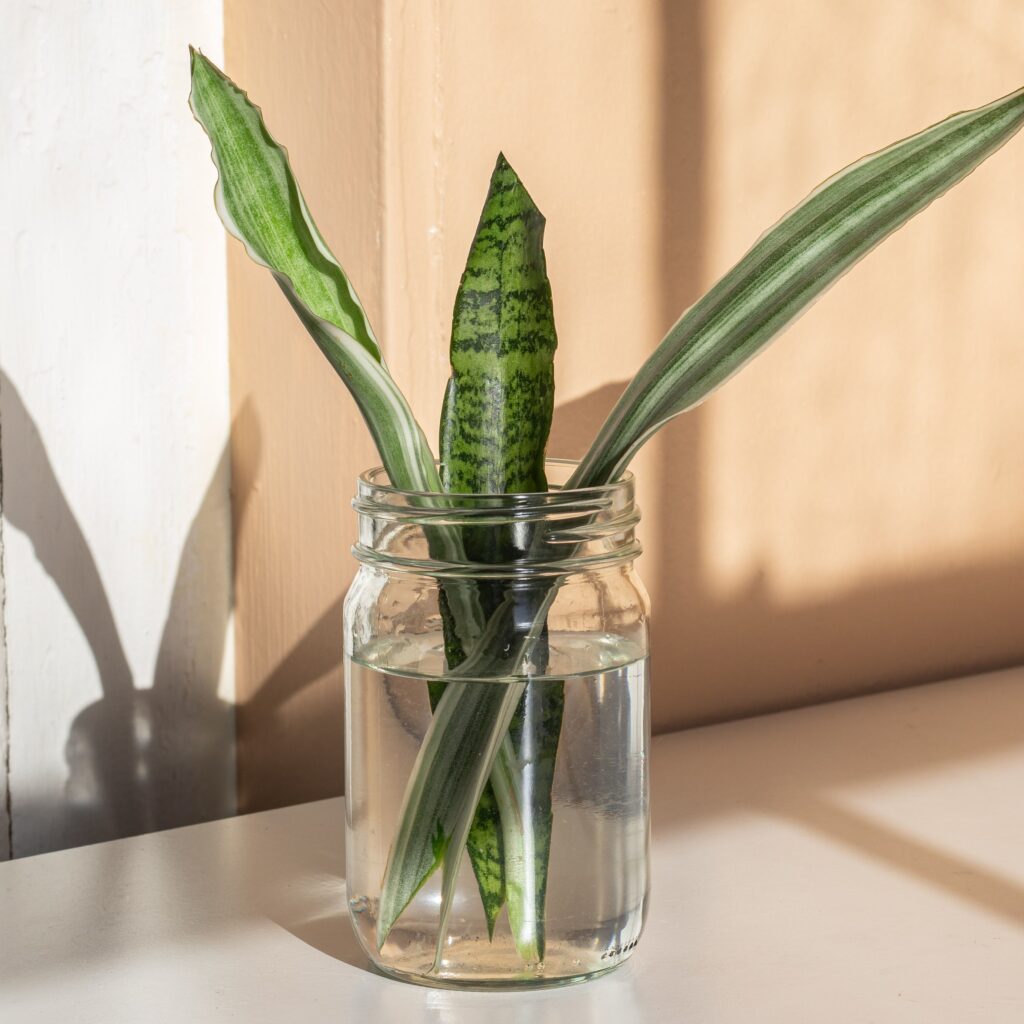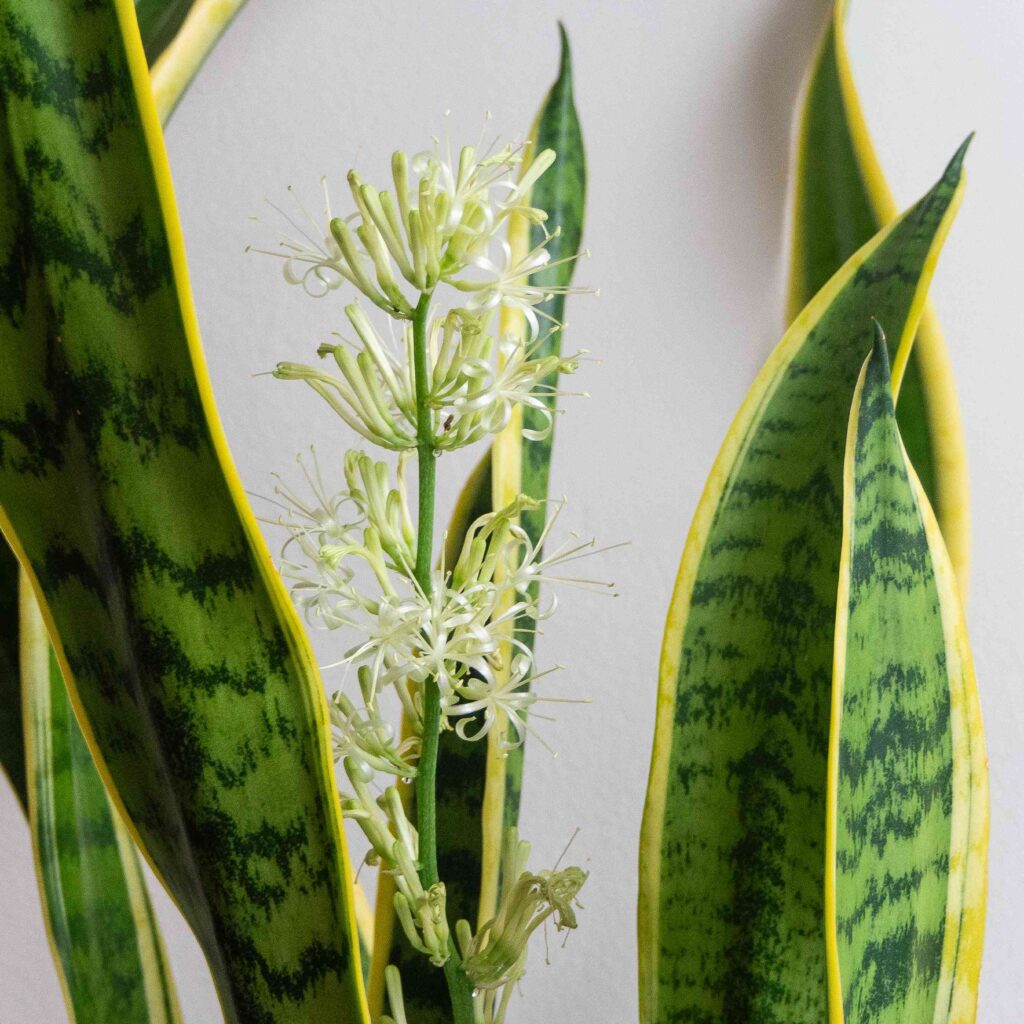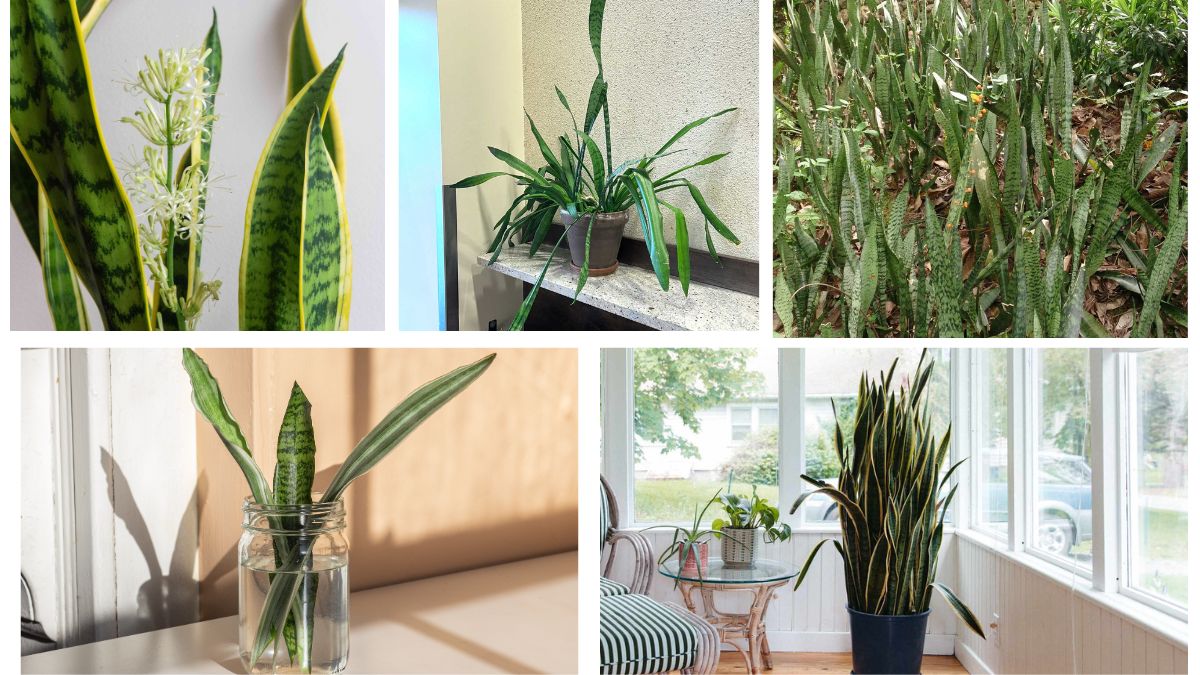The snake plant (Sansevieria trifasciata), also known as mother-in-law’s tongue, is one of the most resilient, low-maintenance houseplants you can grow. Popular for its upright, sword-like leaves marked with striking variegation, the snake plant is well-loved for its air-purifying qualities and adaptability to various indoor environments.
One of the intriguing questions that many plant enthusiasts and new owners often ask is: how long do snake plant leaves last? Understanding the life expectancy of individual leaves, factors that influence their longevity, and how to care for them properly ensures your snake plant stays healthy, attractive, and thriving for years to come.
In this article, we’ll explore the natural lifespan of snake plant leaves, what affects their longevity, how to prolong their life, and how to manage old or damaged leaves for the overall health of your plant.
Overview of Snake Plant Growth Habit

The snake plant is a slow-growing succulent native to West Africa. Its leaves grow vertically from underground rhizomes and can reach heights between 12 inches to 4 feet, depending on the variety.
Each leaf is thick, fleshy, and upright, capable of storing water — which is why the plant is so drought-tolerant. Unlike many houseplants that drop leaves seasonally, snake plant leaves are evergreen and long-lasting, often remaining healthy for several years if properly cared for.
How Long Do Snake Plant Leaves Typically Last?

On average, a healthy snake plant leaf can last anywhere from 2 to 6 years before it begins to naturally age, yellow, or become structurally weak. In optimal conditions, some leaves have even been known to persist for over 7 years.
The exact lifespan of a snake plant leaf depends on various factors:
- Environmental conditions (light, temperature, humidity)
- Watering habits
- Soil quality and drainage
- Pest and disease management
- Plant variety and overall care
Unlike deciduous plants that shed leaves seasonally, snake plant leaves remain attached to the plant until they naturally deteriorate or are pruned.
Factors Affecting Snake Plant Leaf Longevity

Let’s break down the key factors that influence how long your snake plant leaves will last:
Light Conditions
Snake plants are adaptable but thrive in bright, indirect light. While they can tolerate low-light spaces, leaves grown in dim environments may be thinner, paler, and shorter-lived compared to those grown in brighter conditions.
Ideal Light:
- Near a north, east, or west-facing window
- Filtered sunlight through sheer curtains
Avoid:
Direct, harsh sunlight which can scorch leaves and shorten their lifespan.
Watering Frequency
One of the biggest threats to snake plant leaves is overwatering. Excess moisture causes root rot, leading to leaf yellowing, softening, and early decline.
Best Practice:
- Water when the top 2–3 inches of soil are dry
- Reduce watering in winter months
- Use pots with drainage holes
Leaves in well-drained, appropriately watered soil stay firm and healthy longer.
Soil Quality
Snake plants require well-draining, sandy or cactus-mix soil. Poorly draining soil suffocates the roots, leading to premature leaf aging.
Recommendation:
Mix regular potting soil with sand or perlite for improved drainage.
Temperature and Humidity
Snake plants prefer temperatures between 65°F to 85°F (18°C to 29°C). Consistent exposure to cold drafts or frost can damage leaves, reducing their lifespan.
Humidity:
Moderate to low humidity is ideal — high humidity environments may increase the risk of fungal issues that can affect leaf longevity.
Pests and Diseases
While snake plants are relatively pest-resistant, infestations from mealybugs, spider mites, or fungal infections can cause leaves to yellow, spot, or rot.
Prevention:
- Regularly inspect leaves
- Wipe with a damp cloth
- Use neem oil or insecticidal soap when necessary
Healthy, pest-free leaves live significantly longer.
Signs of an Aging or Declining Leaf

As snake plant leaves age, they exhibit certain changes:
- Yellowing or browning at the tips or edges
- Soft or mushy texture at the base
- Wrinkling or drooping
- Loss of color vibrancy
These symptoms are often gradual and signal natural leaf aging or environmental stress.
Should You Remove Old Snake Plant Leaves?

While old leaves can last years, removing them when they show significant decline improves the plant’s appearance and health.
When to Remove:
- The leaf is more than 50% yellow or brown
- It feels mushy or shows signs of rot
- It attracts pests or mold
How to Remove:
Use a clean, sharp knife or scissors to cut the leaf at its base, near the soil level. Ensure your cutting tool is sterilized to prevent disease spread.
How to Prolong the Life of Snake Plant Leaves
If you want your snake plant’s leaves to last for several years:
- Provide bright, indirect sunlight
- Water only when necessary
- Ensure soil is well-draining
- Avoid cold drafts and frost exposure
- Clean leaves gently with a damp cloth to remove dust
- Fertilize sparingly — once every 2–3 months during growing season with a balanced, diluted houseplant fertilizer
Healthy care habits are the key to extending the life of each leaf and maintaining a lush, upright display.
Can a Snake Plant Regrow Lost Leaves?
While individual leaves do not regenerate if damaged or cut, the plant will continually produce new leaves from the rhizome underground. Over time, these new leaves replace older ones, keeping the plant full and fresh-looking.
In some cases, removed healthy leaves can be propagated by placing them in soil or water to grow new plants.
Common Problems That Shorten Leaf Lifespan
To maximize your snake plant leaves’ lifespan, avoid these common mistakes:
- Overwatering
- Poor drainage
- Insufficient light
- Exposure to freezing temperatures
- Pest infestations
- Excessive fertilizer use
Addressing these issues promptly ensures leaves live out their full natural lifespan.
Conclusion
So, how long do snake plant leaves last? Under the right conditions, individual leaves of a snake plant can remain healthy and vibrant for 2 to 6 years, sometimes even longer. Their durability and resilience make them one of the longest-lasting leaves among common houseplants.
Key factors influencing leaf longevity include:
- Bright, indirect light
- Minimal, proper watering
- Well-drained soil
- Stable temperature and humidity
- Protection from pests and disease
By providing these ideal conditions and practicing attentive care, you’ll ensure your snake plant remains a striking, low-maintenance addition to your home for many years.





